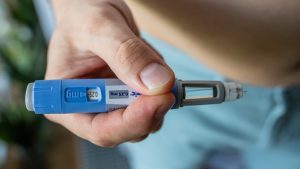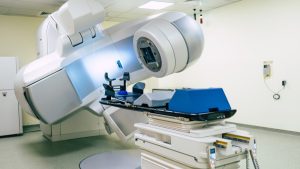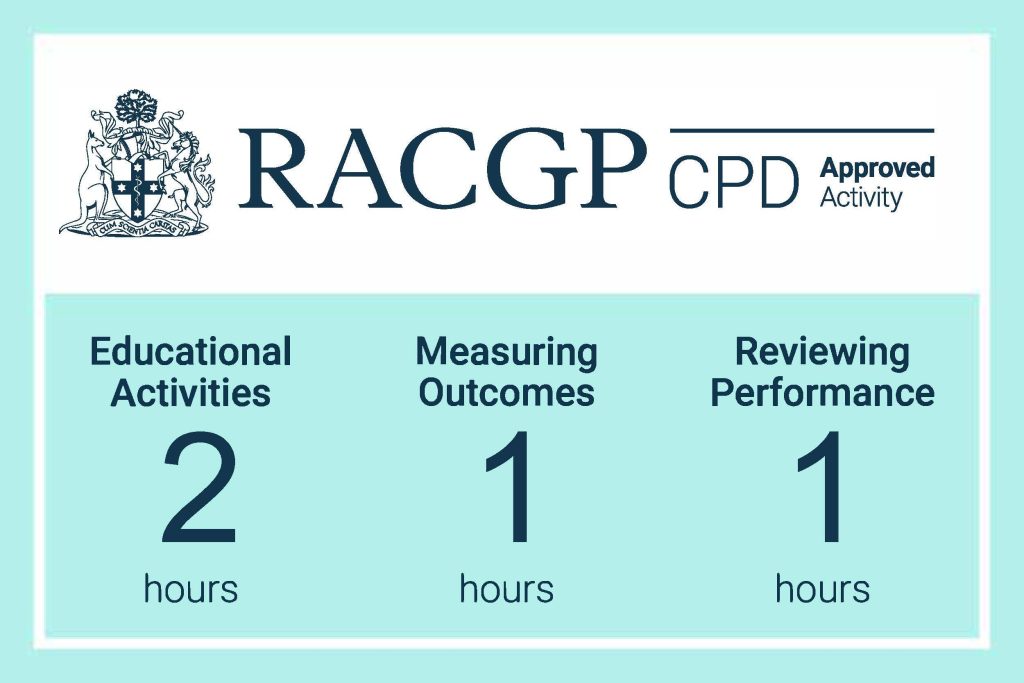Articles / Heart failure test now on the MBS

0 hours
These are activities that expand general practice knowledge, skills and attitudes, related to your scope of practice.
0.5 hours
These are activities that require reflection on feedback about your work.
0 hours
These are activities that use your work data to ensure quality results.
These are activities that expand general practice knowledge, skills and attitudes, related to your scope of practice.
These are activities that require reflection on feedback about your work.
These are activities that use your work data to ensure quality results.
Added to the MBS in November 2024, NT-proBNP testing is highly accurate for excluding heart failure, and can help doctors appropriately triage, investigate and refer symptomatic patients when diagnosis is uncertain, says cardiologist Professor Andrew Sindone*, Director of the Heart Failure Unit and Department of Cardiac Rehabilitation at Concord Hospital and Head of Department of Cardiology, Ryde Hospital.
He explains how the test works and how to use it in general practice.
The test measures a blood biomarker called N‑terminal pro‑Brain natriuretic peptide (NTproBNP).
The heart muscle wall contains packages of a hormone called Pro B-type natriuretic peptide, Professor Sindone explains.
“When the heart is under stretch or stress, these little packages get secreted into the circulation, where it gets cleaved into two parts.”
The active fragment, BNP, causes natriuresis and diuresis to help eliminate excess fluid from the body. “So it’s a compensatory mechanism,” Professor Sindone says.
BNP is not a great biomarker in non-hospital settings, however, because it goes off very quickly when sitting on a bench in a test tube, “levels in the body go up and down all the time,” and are increased in patients taking heart failure medication sacubitril/valsartan (Entresto).
In contrast, the inactive fragment NT-proBNP is “stable in a test tube, and the levels also stay pretty stable in the body.” Nor are levels affected by Entresto.
MBS reimbursement is available for one blood test per year in patients with signs and symptoms suggestive of heart failure if diagnosis is uncertain, in line with National Heart Foundation of Australia and Cardiac Society of Australia and New Zealand guidelines.
It is most useful for ruling out heart failure, with a cut-off value of 125 pg/mL, Professor Sindone explains.
“In an ambulatory patient, if the test is less than 125, it’s got a more than 95% negative predictive value. So it’s very unlikely to be heart failure,” he says.
“So that can avoid unnecessary testing, an echocardiogram, avoid chest X-rays, avoid a referral to a cardiologist. I might be sending them to see a lung specialist or maybe be reassured that it’s not heart failure. Maybe they’re depressed or obese or have varicose veins in the legs causing swelling.”
“If it’s more than 125, then you should think it might be heart failure,” he adds, in which case you could consider referral to a cardiologist for further investigation.
Any caveats? NT-proBNP levels can go up in kidney failure, septicaemia, pulmonary embolism, and after a heart attack. “Those are the main confounders,” Professor Sindone says.
NT-proBNP is a “game-changer” for Australian patients with heart failure with preserved ejection fraction, who now outnumber those with reduced ejection fraction, Professor Sindone says.
While HFpEF is “really hard to diagnose and greatly under-recognised,” NT-proBNP is equally as effective for excluding this type of heart failure.
“So we’re going to be able to diagnose more and more people with heart failure with preserved ejection fraction. And that’ll mean we can help more people who just thought they’re getting old, they’re getting short of breath and fatigue, and they could not do what they did before because their heart’s getting older and stiffer.”
This is important because we now have effective heart failure treatment across the board, Professor Sindone stresses, recommending GPs take a “shoot first, ask questions later” approach if NT-proBNP is high.
“We’ve got a treatment that works across the spectrum of ejection fraction, whether it’s reduced or preserved. You can start an SGL2 inhibitor, whether it be empagliflozin (Jardiance) or dapagliflozin (Farxiga). That will improve the symptoms, reduce the risk of hospitalisation, and reduce risk of death. And then you can get them to see the cardiologist who can do the echo, triage to reduced or preserved ejection fraction, and do other tests like angiograms, if appropriate.”
If patients are not responding as expected or their NT-proBNP result is very high, he suggests ringing the cardiologist to ask for an urgent appointment.
Test results have also been shown to correlate with survival, Professor Sindone says. “The higher your level, the higher your chance of dying if you’ve got heart failure. So it’s a good prognostic marker.”
“It also correlates with response to treatment. If it’s high and then you treat someone and it comes down, that means they’re responding to treatment.”
“If you do serial testing and it’s coming down, great. If it’s going up, you’ve got to try harder. So you can actually use it to guide your treatment, but it’s not reimbursed for that in Australia yet.”
* Professor Sindone has received honoraria, speaker fees, consultancy fees, travel support, is a member of advisory boards or has appeared on expert panels for: Abbott, Alphapharm, Amgen, Astra Zeneca, Bayer, Boehringer Ingelheim, Bristol Myers Squibb, CSL, Edwards, Eli Lilly, Glaxo Smith Kline, HealthEd, Inside Practice, Menarini, Merck Sharp and Dohm, Moderna, Mylan, Novartis, Novo Nordisk, Orion, Otsuka, Pfizer, Pharmacosmos, Roche, Sanofi, Servier, Viatris, Vifor.
# Roche Diagnostics is a Healthed sponsor.
Based on this educational activity, complete these learning modules to gain additional CPD.

Menopausal Hormone Therapy - What Dose of Estrogen is Best?

Cardiovascular Benefits of GLP1s – New Evidence

Oral Contraceptive Pill in Teens

RSV and the Heart


Modified but kept in place
Eliminated entirely without replacement
Maintained as is
Completely replaced with an alternative system
Listen to expert interviews.
Click to open in a new tab
Browse the latest articles from Healthed.
Once you confirm you’ve read this article you can complete a Patient Case Review to earn 0.5 hours CPD in the Reviewing Performance (RP) category.
Select ‘Confirm & learn‘ when you have read this article in its entirety and you will be taken to begin your Patient Case Review.
Menopause and MHT
Multiple sclerosis vs antibody disease
Using SGLT2 to reduce cardiovascular death in T2D
Peripheral arterial disease
